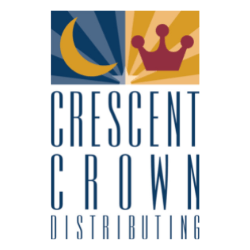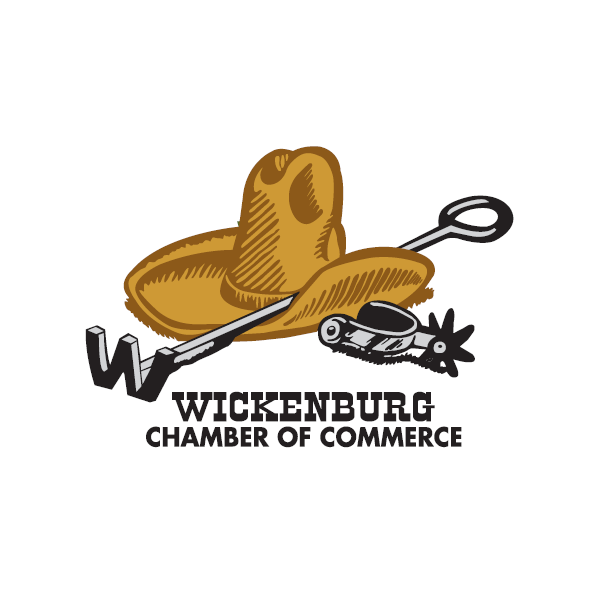Wickenburg History
WHERE IT ALL BEGAN
Wickenburg fills an illustrious chapter in the history of Arizona and the West. Though only 54 miles away from the hustle and bustle of modern Phoenix, Arizona’s most western community harkens back to a different time and place.
Nature graced Wickenburg with a gentle magic. Resting on the northern edge of the Sonoran Desert, just below Arizona’s mountainous country, the Wickenburg area abounds in natural beauty. While the area’s geological treasures attracted the miners from around the world, the Hassayampa River flood plain provided fertile soil for farming and ranching.
Nature graced Wickenburg with a gentle magic.
For centuries, the western Yavapai (or Tolkapaya, as they called themselves) made the banks of this oasis their home, irrigating their crops of corn, beans, squash, and tobacco with river water. They named this place Haseyamo, “following the water as far as it goes,” from which the word Hassayampa derived.
Though within the claimed territories of both, the Spanish Empire nor the Mexican Republic ever extended their authority this far north. However, Hispanic culture and trade did reach the Yavapai, who were nicknamed the Cruzados, because they wore their unusually long bangs in what the Spanish thought was the shape of a cross.
In the early 1820’s, stalwart hunters and trappers explored the Hassayampa River in search of beavers, whose pelts were sold to hat makers back east and in Europe. Their reports helped pique American interest in the West. The Wickenburg area and much of the West became part of the United States following the Mexican-American War in 1848.
An 1862 gold strike on the Colorado River near the present-day Yuma inspired hardy prospectors and miners—predominantly from California and Mexico—to search for minerals throughout central Arizona. The names of these Argonauts now grace many of the surrounding geographic landmarks, including the Weaver Mountains and Peeples Valley.
Among the gold searches was the adventurer, Henry Wickenburg. Originally from Germany, he came to New York in 1947 and later moved to San Fransisco, California, in 1852. Wickenburg arrived in Arizona in 1862. After spending some time in Fort Yuma and Tucson, Wickenburg and a group of explorers began a journey to the Harquahala Mountain region after learning about gold-rich ore in the area. His quest was rewarded by the discovery of the Vulture Mine in 1863, where over $30 million in gold has been dug from the ground. Throughout the foothills surrounding Wickenburg are relics of other mines that stand as a tribute to the pioneer miner and prospector. The mining lore of the region, past and present, adds much to the charm of the area.
Ranchers and farmers who built homes along the fertile plain of the Hassayampa River accompanied the miners. Many of the resourceful and committed settlers came from Sonora, Mexico, giving this area the distinction of being the northern edge of the Hispanic ranching frontier. Together with Henry Wickenburg and the miners, they helped found the young community of Wickenburg in 1863.
The infant town went through many trials and tribulations in those first decades, surviving Native American wars, mine closures, desperadoes, drought, and a disastrous flood in 1890 when the Walnut Creek Dam burst, killing nearly 70. Through it all, the town continued to grow. Its prosperity was ensured with the coming of the railroad in 1895. The historic depot still stands today as the Wickenburg Chamber of Commerce and Visitor’s Center.
The infant town went through many trials and tribulations in those first decades...
The Hassayampa community became a vital contributor to America’s patriotic war effort during World War II when the U.S. Army trained thousands of men to fly gliders at a newly constructed airfield west of Wickenburg. After the War, modern pioneers and home builders developed Wickenburg into a splendid American community. Wickenburg of today is a modern town with over 600 businesses providing a full range of services, shopping conveniences, specialty shops and galleries for gifts of western distinction.
The western ambience, however, still thrives. The town has cherished the best traditions of its colorful early days. Through annual events such as Gold Rush Days, and the famous Desert Caballeros men’s trail ride, organizations such as the Wickenburg Chamber of Commerce, Desert Caballeros Western Museum, Desert Caballeros, and the determination and hard work of its citizens, Wickenburg is committed to preserving the best traditions of the Old West.
Come discover Wickenburg’s historic downtown. View the Jail Tree where townspeople chained lawbreakers in the early days. Enjoy the self-guided Historical Walking Tour and see beautiful bronze sculptures, six of which have narration about the history of our area.








